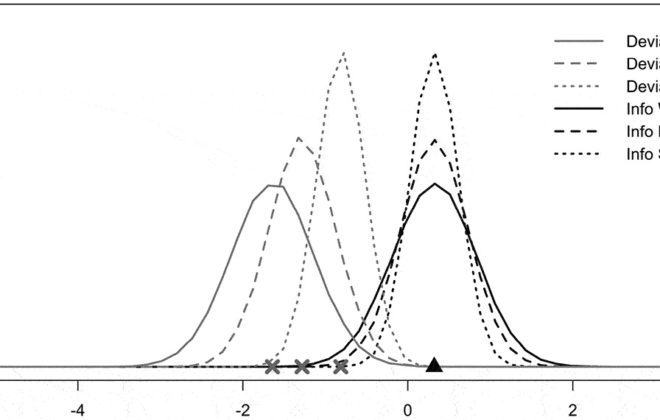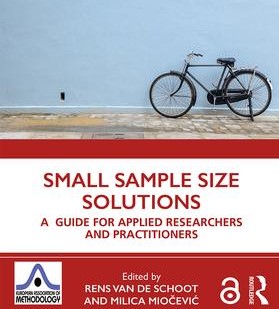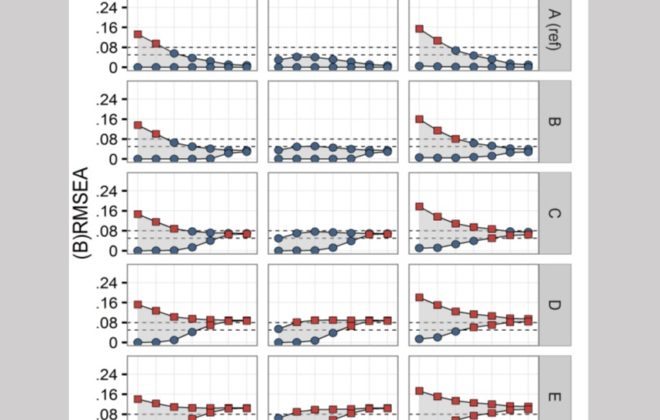My First Bayes
Although the ideas of inverse probability and Bayes’ theorem have been longstanding within mathematics, these tools have not been at the forefront of modern-day applied statistics. Specifically, in the 20st century the statistical tools most often used by researchers in the field of psychology are based on frequentist statistics. Since the beginning of the 21st century, however, Bayesian statistical methods are slowly creeping into all fields of science and are becoming ever more popular in applied research (Van de Schoot et al, 2017).
This increase is specifically due to computational advancements that make Bayesian estimation more feasible and the availability of such estimation methods in popular software and programming languages like Mplus and Blavaan. In addition, the usage of Bayesian methods has increased because this estimation framework can handle some commonly encountered problems in orthodox statistics. For example, Bayesian methods can be used to:
- producing more parameter estimates and aiding in situations where only small sample sizes are available (Van de Schoot et al, 2015);
- evade modelling issues like failure to establish measurement invariance (Van de Schoot et al, 2013). Alternatively, some researchers implement Bayesian methods simply because they like the methodology, or believe in the Bayesian way of updating knowledge with new data instead of testing the null hypothesis over and over again assuming nothing is going on in the population (Konijn et al., 2015).
This project is all about gently introducing scientists to Bayesian analyses. Subproject are the publication of tutorial papers (see below/sidebar), the (free) availability of exercises in Mplus, Blavaan, JAGS and a series of lectures and workshops.
Ongoing
For an introduction to Bayesian modeling, we refer the novice reader as a first start to Van de Schoot et al. (2014a). For a more detailed but still gentle introduction to Van de Schoot et al. (2014b) with examples in developmental psychology and for a similar paper but with examples in the field of health psychology see, Depaoli et al. (in press).
A 10-point checklist on how to run Bayesian models and what to report has been created for applied scholars to use. Also for reviewers, a checklist was created. This one is to examining a Bayesian manuscript or grant proposal (Depaoli et al., in press).
How to handle missing data including Bayesian options: A comparison of different approaches (Peeters et al., 2015) and how to deal with drop-out of participants in longitudinal designs (Asendorpf et al., 2014).
In her current projects, Milica is focusing on optimal methods for data synthesis from non-exchangeable studies, on the consequences of specifying inaccurate priors in mediation models, and on issues that arise in applications of Bayesian mediation analysis with informative prior distributions in small samples.




























